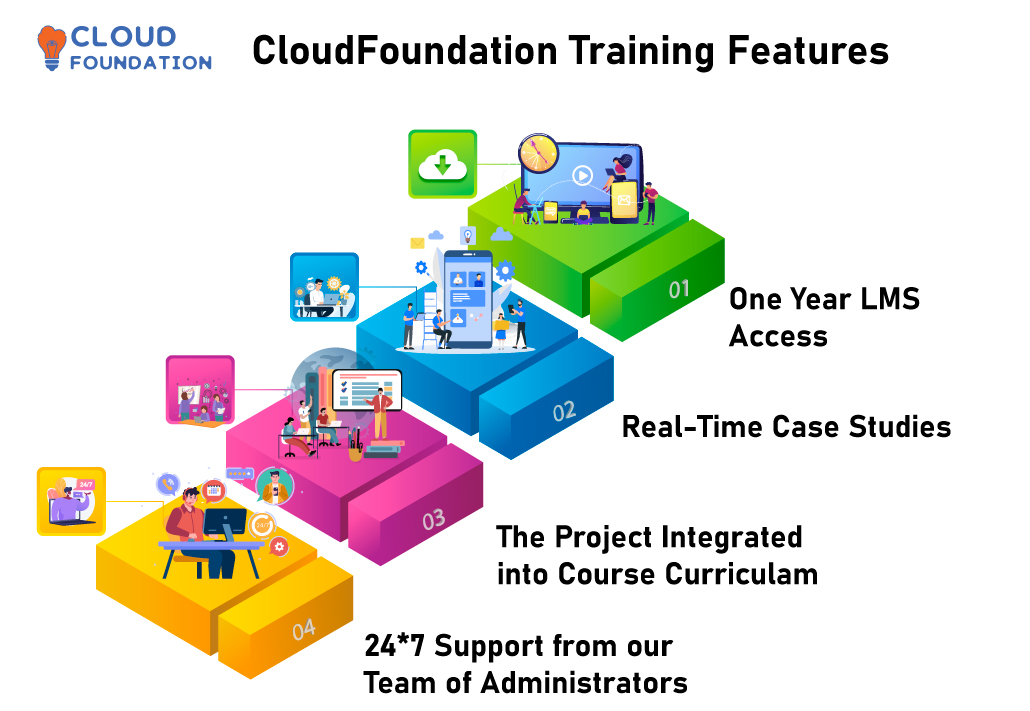CLPI Training
CLPI Training
⏰24 hours | ▶️ 24 Videos | 📣 8942 Participants | 🎓 4505 Reviews | 4.9 ⭐⭐⭐⭐⭐
Choose a Plan that Works for You
Self Paced
- Advanced sessions
- Interview Q&A
- Free study Materials
- Premium Technical support
Instructor Led Live Training
- Live Instructor
- Advanced sessions
- Interview Q&A
- Premium Technical Support
Corporate Training
- Live Instructor
- Advanced sessions
- Interview Q&A
- Premium Technical Support
Upcoming Batches PST
Weekday
| Oct 09(1 HR A DAY) |
| 06:00 PM PST |
| Enroll Now → |
Weekday
| Oct 29(1 HR A DAY) |
| 06:00 AM PST |
| Enroll Now → |
Weekend
| Oct 25(1 HR A DAY) |
| 06:00 PM PST |
| Enroll Now → |
Upcoming Batches IST
Weekday
| Oct 10(1 HR A DAY) |
| 07:30 AM IST |
| Enroll Now → |
Weekday
| Oct 29(1 HR A DAY) |
| 07:30 PM IST |
| Enroll Now → |
Weekend
| Oct 26(1 HR A DAY) |
| 07:30 AM IST |
| Enroll Now → |
Course Description
network components.
university-valued PECB certified CLPI credentials.
time.

